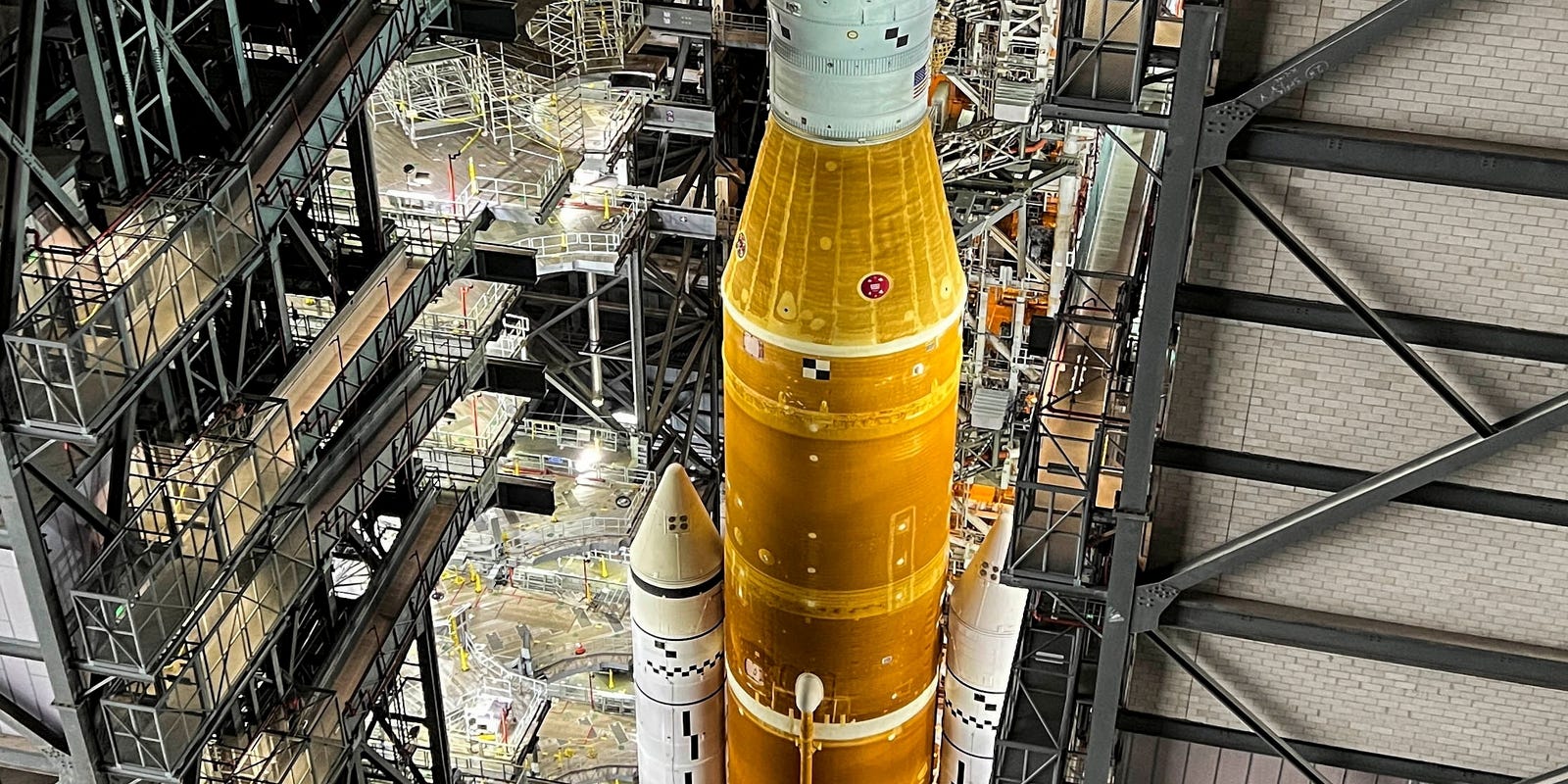Space Exploration in Peril: Trump's Budget Cuts Threaten NASA's Lunar Ambitions

NASA's latest budget proposal, unveiled on May 2, delivers a double blow to the agency's space exploration ambitions. The proposal not only slashes funding for scientific research but also recommends an abrupt termination of the Space Launch System (SLS) moon rocket program, potentially derailing long-anticipated lunar mission plans.
The unexpected budget recommendations signal a significant shift in the agency's strategic priorities, casting uncertainty over future space exploration initiatives. By proposing early program closure and budget cuts, the proposal threatens to disrupt NASA's carefully crafted lunar exploration roadmap and could have far-reaching implications for the agency's scientific and exploratory goals.
Space enthusiasts and researchers are closely watching how these proposed changes might impact the future of American space exploration and the agency's broader scientific missions.
